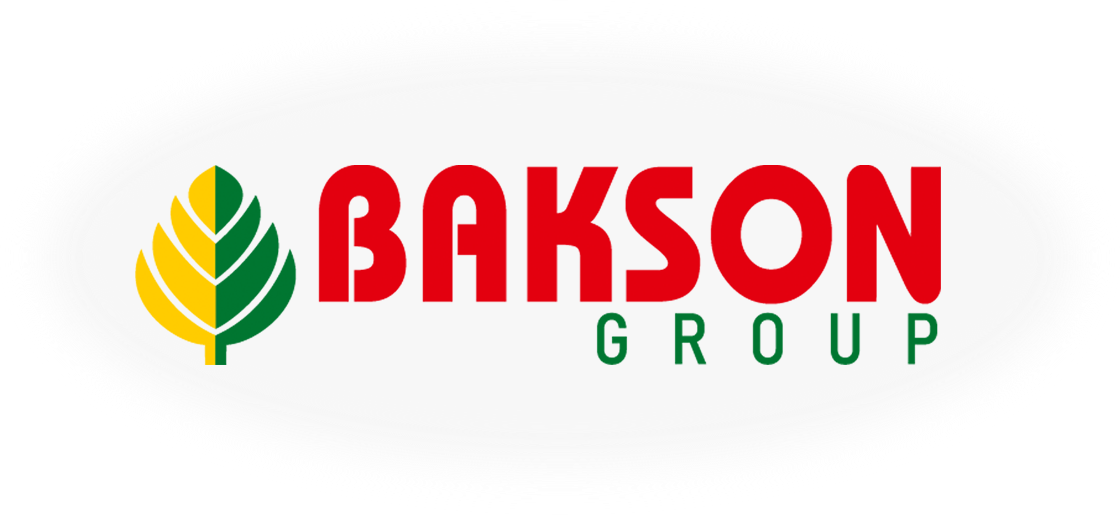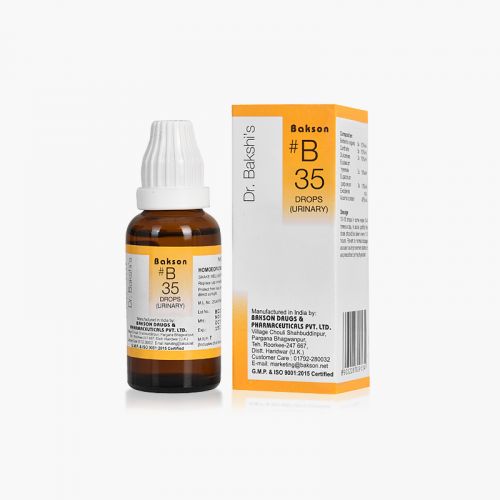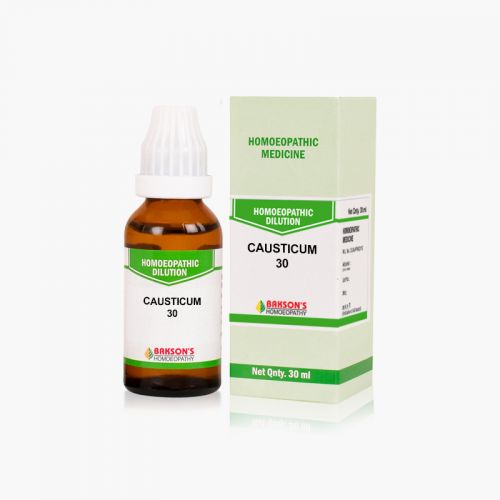We use cookies to make your experience better. To comply with the new e-Privacy directive, we need to ask for your consent to set the cookies. Learn more.
What is Urinary Incontinence?
Urinary incontinence is the involuntary leakage of urine. The condition is commonly seen in elderly, especially in nursing homes but it can also affect younger adults and both genders.
It is estimated that around 423 million people (20 years and older) worldwide experience some form of urinary incontinence. However, various different forms of incontinence like stress urinary incontinence, urge urinary incontinence, mixed urinary incontinence, overflow urinary incontinence and functional urinary incontinence are found with varying prevalence.
Aetiology
There are mainly five types of urinary incontinence: -
- Stress urinary incontinence: It is the involuntary leakage of urine that occurs with increases in intra abdominal pressure (e.g., with exertion, effort, sneezing, or coughing) as a result of urethral sphincter and/or pelvic floor weakness. It is seen most commonly in young active women.
- Urge urinary incontinence: It is the involuntary leakage of urine that may be preceded or accompanied by a sense of urinary urgency mainly because of detrusor overactivity.
- Mixed urinary incontinence: It is the involuntary leakage of urine caused by a combination of stress and urge urinary incontinence.
- Overflow urinary incontinence: It is the involuntary leakage of urine from an overdistended bladder due to impaired detrusor contractility and/or bladder outlet obstruction. It occurs mainly due to neurological diseases or external compression by any masses.
- Functional urinary incontinence: Also called as toileting difficulty, it is the involuntary leakage of urine due to environmental or physical barriers to toileting.
Sign and symptoms
The signs and symptoms vary with the type of incontinence. Frequency, urging and nocturia may be present in the case of urge urinary incontinence. Overflow urinary incontinence may be associated with poor bladder emptying. The history of the patient must be thoroughly assessed to determine various characteristics like type, severity and duration of urinary continence.
Diagnosis
The diagnosis must be based on the history assessment and physical examination of the patient. Inquiring about the medical conditions like COPD, asthma, heart failure, neurologic conditions etc. is important. Surgical history must also be determined. Females must be asked about any significant gynaecological history, if present.
Tests and manoeuvres to consider, but are not necessary, are:
- Cough stress test - The patient is asked to cough to demonstrate involuntary leakage of urine. The test is more sensitive when done in a standing position.
- Cotton swab test - The patient is asked to Valsalva after insertion of a swab placed into the bladder through the urethra to demonstrate urethral hypermobility (associated with stress urinary incontinence), with an angle change of greater than 30 degrees being a positive result. There may be poor agreement of the test result when the angle is from 21 to 49 degrees.
Urinalysis must be performed to rule out conditions pertaining to urinary tract infection, glycosuria, proteinuria, hematuria. In case of overflow urinary incontinence, post- void residual volume can be measured. Detection of greater than 200 mL of urine remaining in the bladder after voiding is suggestive for overflow urinary incontinence.
General Management
The treatment and management depend on the type of urinary incontinence and all the aspects of management (conservative, pharmacological and surgical) must be considered. Certain behavioural therapy (controlling fluid intake, prompted voiding, constipation management) and pelvic floor muscle strengthening (Kegel and floor muscle exercises) is required for stress urinary incontinence. Obstruction relief via intermittent catheterization is needed in the case of overflow urinary incontinence.
Warning: Above information provided is an overview of the disease, we strongly recommend a doctor's consultation to prevent further advancement of disease and/or development of complications.
Disclaimer: The information provided herein on request, is not to be taken as a replacement for medical advice or diagnosis or treatment of any medical condition. DO NOT SELF MEDICATE. PLEASE CONSULT YOUR PHYSICIAN FOR PROPER DIAGNOSIS AND PRESCRIPTION.
- #B 35 DROPSSpecial Price ₹ 160.00 Regular Price ₹ 200.00
- APIS MELLIFICA 30₹ 100.00
- CANTHARIS 30₹ 100.00
- CAUSTICUM 30₹ 100.00
- SABAL SERRULATA 30₹ 100.00








